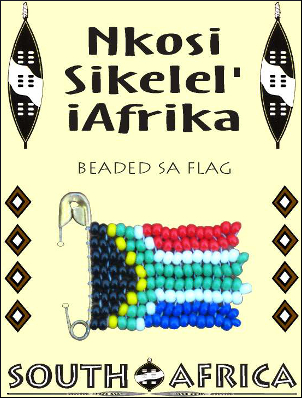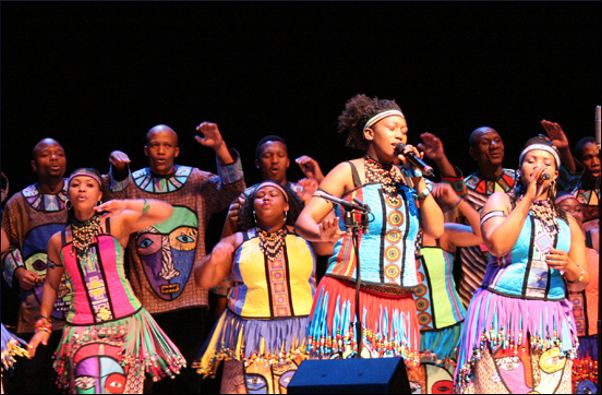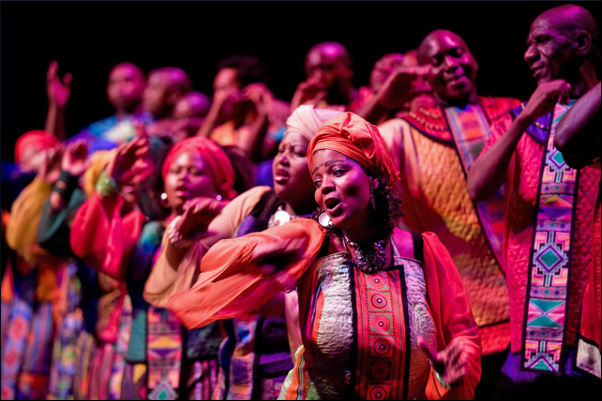
- Nkosi Sikelel' iAfrika
- Released in: 1897
"Nkosi Sikelel' iAfrika" is the national anthem of Zambia and Tanzania, part of the South African national anthem, and a popular traditional hymn in Namibia and Zimbabwe.

"Nkosi Sikelel' iAfrika" is the national anthem of Zambia and Tanzania, part of the South African national anthem, and a popular traditional hymn in Namibia and Zimbabwe.

"Nkosi Sikelel' iAfrika" is the national anthem of Zambia and Tanzania, part of the South African national anthem, and a popular traditional hymn in Namibia and Zimbabwe. Over the years, it has also transformed into a dance song, a kwaito song (a variant of house music with African sounds), a love song, and so much more. Enoch Sontonga, born in 1873, wrote the lyrics and composed the music to what he thought of as a Xhosa hymn in 1897. At the time, he was working as a teacher at a Methodist school in Nancefield, near Johannesburg, though he was raised in the rural southeastern province of Eastern Cape. He passed away in 1905, at the age of 32, and was buried in the non-white section of the Braamfontein cemetery. After years of deterioration, it was very difficult to track down this talented man’s grave, but on September 24th, 1996, Sontonga’s resting place was commemorated. The site is now a much-visited national monument and the date is now celebrated as Heritage Day.
The song’s second stanza has a distinct change in key, tune, and rhythm, mainly because it was added years later by journalist and poet Samuel Mqhayl. During the apartheid era, "Nkosi Sikelel' iAfrika" became the official anthem for the African National Congress (ANC). As it represented the majority population and the oppressed, it was often considered to be the unofficial national anthem of South Africa. In 1994, President Nelson Mandela announced that "Nkosi Sikelel' iAfrika" would be the South African national anthem along with the former anthem, "Die-Stem van Suid-Afrika" (The Call of South Africa). Both songs were merged in 1997, thereby portraying the unity of the nation.

The first recording of "Nkosi Sikelel' iAfrika" is said to have been as early as 1923, in London, by one of the founding members of the ANC, Solomon Plaatje. The hymn that became an anthem is today celebrated in many musical genres, the latest being kwaito, recorded by Boom Shaka. This was criticized as a commercial subversion of the anthem, but Boom Shaka countered by arguing that their recording reached younger generations and represented their freedom.

Boom Shaka is the founder of kwaito music. The group's leader, Junior Dread, was highly influenced by his uncle's passion for Jamaican music, and he drew many parallels between the two countries’ political and social content in music and culture. The genre’s dance style ranges from chop di grass (like workers cutting overgrown grass along the highway) to highly sexual exotic moves, creating a definite interest in today’s youth. Lead singer Lebo Mathosa, known for her daring dancing and short skirts, left the group in 2000 and died in a motor accident in 2006.